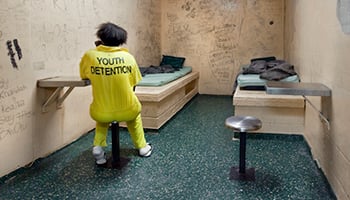
Juvenile Detention Alternatives Initiative (JDAI)
JDAI® is a network of juvenile justice practitioners and other system stakeholders across the country working to build a better and more equitable youth justice system.
According to the 2022 KIDS COUNT Data Book, Nevada ranked 47th among the 50 states in overall child well-being.
We hope you'll find value in this report. We’d love to get a little information from you, which we'll use to notify you about relevant new resources.